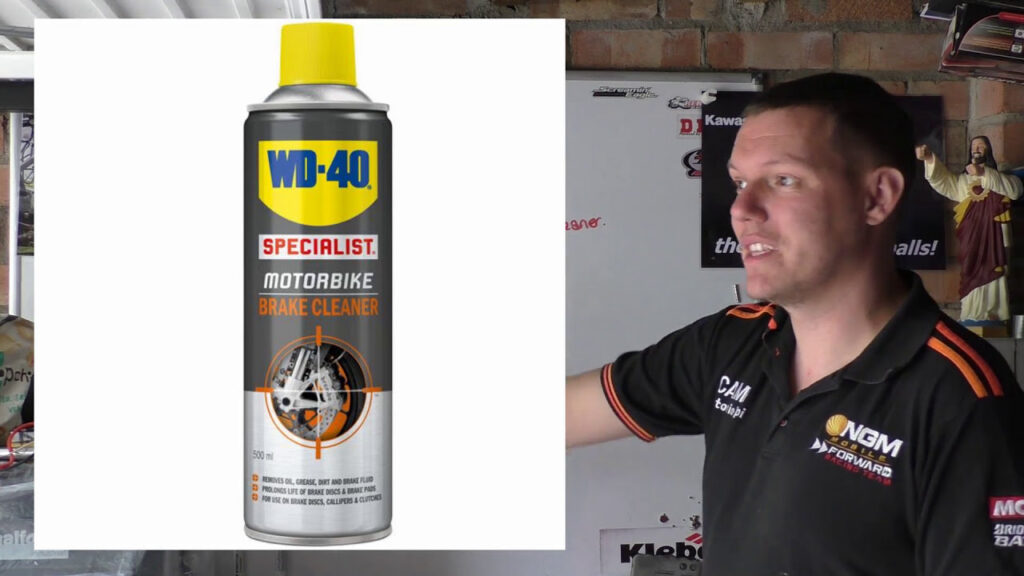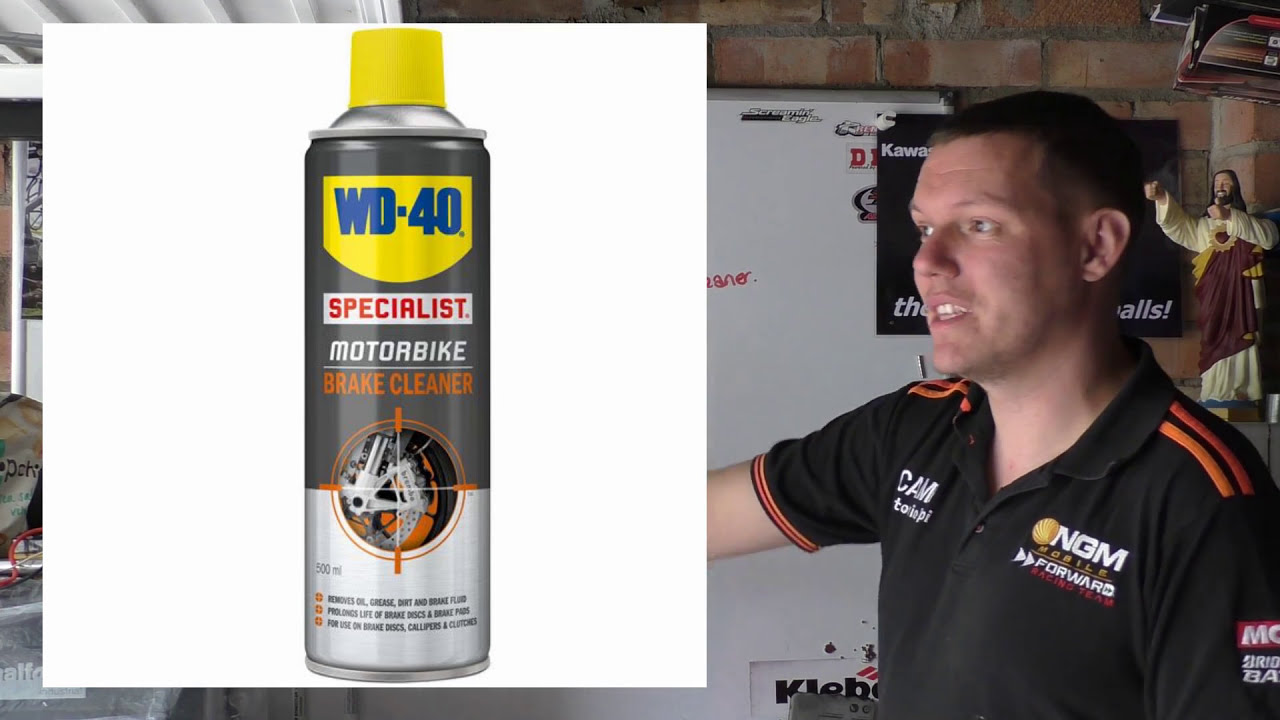
WD40 Brake Cleaner: A Comprehensive Guide to Safe and Effective Use
Maintaining your vehicle’s braking system is crucial for safety and performance. One product often considered for this task is WD40 Brake Cleaner. This article provides a detailed look at what WD40 Brake Cleaner is, how to use it effectively, its benefits, potential drawbacks, and alternative solutions. We aim to equip you with the knowledge necessary to make informed decisions about your brake maintenance routine. Whether you’re a seasoned mechanic or a DIY enthusiast, understanding the proper use of WD40 Brake Cleaner is essential.
What is WD40 Brake Cleaner?
WD40 Brake Cleaner is a specially formulated cleaning agent designed to remove brake dust, grease, oil, and other contaminants from brake components. Unlike the original WD40 Multi-Use Product, WD40 Brake Cleaner is designed to evaporate quickly, leaving no residue behind. This is essential for maintaining the optimal friction between brake pads and rotors, ensuring effective braking performance. The formulation typically includes solvents and degreasers that break down and dissolve stubborn deposits, making it easier to clean brake parts thoroughly.
Why Use Brake Cleaner?
Brake systems are constantly exposed to harsh conditions, including heat, friction, and environmental contaminants. Over time, these factors lead to the accumulation of brake dust, which is composed of metallic particles and friction material. This dust can reduce braking efficiency, cause squealing noises, and even accelerate wear on brake components. Using a WD40 Brake Cleaner helps to:
- Remove brake dust and debris
- Eliminate brake squeal
- Improve braking performance
- Extend the lifespan of brake components
- Prepare surfaces for brake pad replacement
How to Use WD40 Brake Cleaner Effectively
Using WD40 Brake Cleaner effectively requires following a few key steps to ensure safety and optimal results:
Safety Precautions
Before using any brake cleaner, including WD40 Brake Cleaner, it’s essential to prioritize safety. Always wear safety glasses or goggles to protect your eyes from splashes and fumes. Work in a well-ventilated area to avoid inhaling the vapors. Wear gloves to protect your skin from prolonged exposure to the chemicals in the cleaner. Avoid using WD40 Brake Cleaner near open flames or sources of ignition, as many brake cleaners are flammable.
Step-by-Step Instructions
- Prepare the Vehicle: Ensure the vehicle is parked on a level surface and properly secured. Use wheel chocks to prevent rolling.
- Remove the Wheel: Loosen the lug nuts, lift the vehicle with a jack, and secure it with jack stands. Remove the wheel to access the brake components.
- Apply the Cleaner: Hold the WD40 Brake Cleaner can a few inches away from the brake components. Spray liberally, focusing on areas with heavy brake dust and grime. Ensure you cover the brake rotors, calipers, and pads.
- Allow to Drip: Let the WD40 Brake Cleaner drip freely, carrying away the dissolved contaminants. Avoid wiping the components unless necessary, as this can spread the grime around.
- Dry the Components: Allow the brake components to air dry completely. WD40 Brake Cleaner is formulated to evaporate quickly, but ensure no residue remains before reassembling the brakes.
- Reassemble the Brakes: Once the components are dry, reinstall the wheel, tighten the lug nuts, lower the vehicle, and torque the lug nuts to the manufacturer’s specifications.
- Test the Brakes: After reassembling the brakes, test them carefully in a safe area to ensure they are functioning correctly. Pump the brake pedal several times to restore pressure before driving.
Benefits of Using WD40 Brake Cleaner
WD40 Brake Cleaner offers several advantages when used correctly:
- Effective Cleaning: It effectively removes brake dust, grease, and oil, ensuring optimal braking performance.
- Quick Drying: The fast-drying formula minimizes downtime and allows for quick reassembly.
- No Residue: It leaves no residue behind, preventing interference with brake pad and rotor friction.
- Easy to Use: The aerosol can makes application simple and convenient.
- Versatile: It can be used on various brake components, including rotors, calipers, and drums.
Potential Drawbacks and Considerations
While WD40 Brake Cleaner is a useful product, it’s important to be aware of its potential drawbacks:
- Flammability: Most brake cleaners are flammable, so it’s crucial to use them away from open flames and sources of ignition.
- Skin and Eye Irritation: Prolonged exposure to the chemicals can cause skin and eye irritation, so wearing protective gear is essential.
- Environmental Impact: Some brake cleaners contain volatile organic compounds (VOCs) that can contribute to air pollution. Consider using low-VOC or environmentally friendly alternatives.
- Over-Spraying: Avoid over-spraying WD40 Brake Cleaner onto rubber or plastic components, as it can cause damage or degradation.
Alternatives to WD40 Brake Cleaner
While WD40 Brake Cleaner is a popular choice, several alternatives are available, each with its own set of advantages and disadvantages:
- Other Brands of Brake Cleaner: Many other brands offer brake cleaners with similar formulations and effectiveness. Some may have lower VOC content or additional features.
- Environmentally Friendly Brake Cleaners: These cleaners use biodegradable solvents and are designed to minimize environmental impact. They may be less aggressive than traditional brake cleaners but are a more sustainable option.
- Isopropyl Alcohol: In some cases, isopropyl alcohol can be used as a mild cleaning agent for brake components. However, it may not be as effective at removing heavy grease and oil.
- Soap and Water: For minor cleaning tasks, soap and water can be used to remove light dust and debris. Ensure the components are thoroughly dried to prevent rust.
Tips for Brake Maintenance
Regular brake maintenance is essential for ensuring safety and extending the lifespan of your brake system. Here are some tips to keep your brakes in top condition:
- Inspect Regularly: Check your brake pads, rotors, and calipers regularly for wear and damage. Replace worn components promptly.
- Flush Brake Fluid: Brake fluid absorbs moisture over time, which can reduce braking performance and cause corrosion. Flush and replace your brake fluid every two to three years.
- Lubricate Moving Parts: Lubricate the caliper slide pins and other moving parts to ensure smooth operation and prevent binding.
- Clean Brake Components: Use WD40 Brake Cleaner or another suitable cleaner to remove brake dust and debris regularly.
- Avoid Aggressive Braking: Practice smooth and controlled braking to minimize wear on brake components.
Conclusion
WD40 Brake Cleaner is a valuable tool for maintaining your vehicle’s braking system. By understanding its benefits, potential drawbacks, and proper usage, you can effectively clean your brake components and ensure optimal braking performance. Remember to prioritize safety, follow the instructions carefully, and consider alternative solutions if necessary. Regular brake maintenance is key to ensuring your safety on the road. Always prioritize safety when working on your vehicle. Consult a professional mechanic if you are unsure about any aspect of brake maintenance. By following these guidelines, you can ensure your brakes are clean, efficient, and safe for the road ahead. Proper brake maintenance, including the judicious use of WD40 Brake Cleaner, contributes to a safer driving experience for you and others.
[See also: Automotive Maintenance Tips]
[See also: Choosing the Right Brake Pads]
[See also: Understanding Brake Systems]

